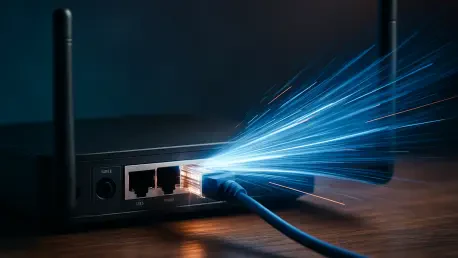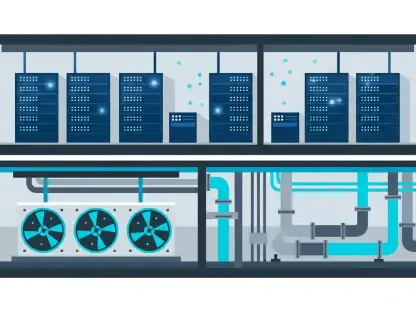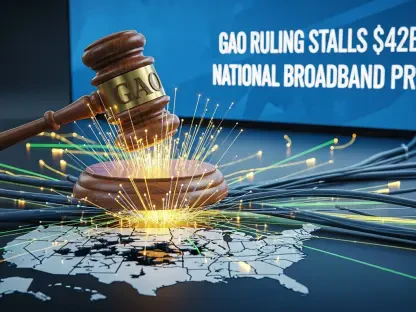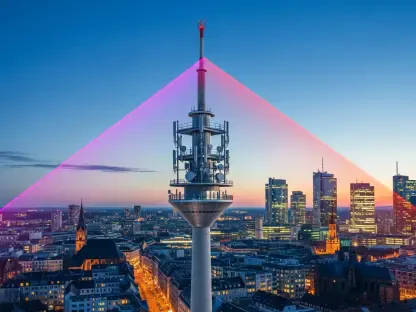Recent significant disruptions experienced by Xfinity customers in Albuquerque, New Mexico, and Sacramento, California, have raised critical questions about the resilience of modern internet infrastructure. These outages, affecting thousands of users, showcase vulnerabilities that can leave entire communities without connectivity in moments of crisis. In Albuquerque, accidental fiber optic line damage during gas leak repairs by the New Mexico Gas Company led to a substantial outage, impacting residential and commercial subscribers alike. Meanwhile, in Sacramento, intentional vandalism resulted in severe service interruptions when a utility pole was set on fire, severing the fiber line. These incidents not only disrupted daily activities, such as smart home operations and remote work, but also caused significant financial harm, especially to businesses relying on consistent internet access for their operations. Such events underscore the urgent need for providers like Comcast to reevaluate their strategies and ensure robust protection against both accidental damage and deliberate sabotage.
The Challenge of Infrastructure Vulnerability
Vulnerabilities in digital infrastructure highlighted by recent outages pose a formidable challenge for internet service providers. In Albuquerque, accidental damage occurred when the New Mexico Gas Company inadvertently cut into a crucial fiber optic line, a mishap that emphasizes the precarious nature of inter-agency operations. This incident affected approximately 15,000 subscribers, including those in densely populated areas such as University and Nob Hill, instantly disrupting daily life for both residents and businesses. Comcast’s response, which involved deploying technicians swiftly to repair the damage and provide updates, was commendable, yet the occurrence itself serves as a clear reminder of the fragility inherent in the infrastructure, especially when exposed to third-party construction activities. In Sacramento, the scenario was markedly different but equally concerning. An act of vandalism involving the destruction of a utility pole highlighted the susceptibility of fiber lines to intentional harm. This deliberate act severed vital communication lines and unveiled the broader issue of protecting essential digital resources from malicious attacks. The ripple effect on local businesses, including those that depend heavily on internet connectivity for operations, compounded the situation, leading to palpable frustrations and discussions around security measures that need addressing.
Implications for Residents and Businesses
The repercussions of these disruptions extended far beyond mere inconvenience, impacting both personal life and economic stability. Residents in affected areas experienced difficulties as smart home devices failed, and remote work routines were severely compromised, resulting in a marked decline in productivity. For businesses, particularly those in Sacramento, the financial implications were stark. Independent stores experienced a downturn in revenue as digital sales channels went offline, highlighting the dependency on seamless internet connectivity for business sustainability. The vulnerability of existing infrastructure, coupled with the lack of robust safeguards against such disruptions, necessitates a strategic review by service providers. For instance, Comcast’s approach to rapid restoration and apologetic communication was a positive step, but stakeholders now demand more comprehensive measures to prevent future occurrences. This aligns with increasing calls for enhanced cooperation between agencies responsible for maintaining the integrity of communication lines. Additionally, broader discussions about the integration of advanced technologies and strengthening safeguards against both inadvertent damage and intentional vandalism have gained momentum, emphasizing the importance of proactive solutions to shield infrastructure from unforeseen threats.
Moving Toward Greater Security and Resilience
Recent disruptions for Xfinity customers in Albuquerque, New Mexico, and Sacramento, California, highlight serious concerns about the reliability of modern internet infrastructure. Thousands were affected when connectivity was lost, emphasizing vulnerabilities that leave communities disconnected, especially in emergencies. In Albuquerque, a gas leak repair by the New Mexico Gas Company led to accidental damage to a fiber optic line, resulting in a major outage impacting both homes and businesses. Meanwhile, Sacramento faced severe service interruptions from an act of vandalism when someone set a utility pole on fire, severing the fiber line. These events disrupted everyday activities like smart home management and remote work and caused considerable financial losses, particularly for businesses dependent on steady internet access. Such incidents demonstrate the urgent need for providers like Comcast to rethink their strategies and bolster defenses against both unintentional damage and intentional acts of sabotage to ensure uninterrupted service for all users.









